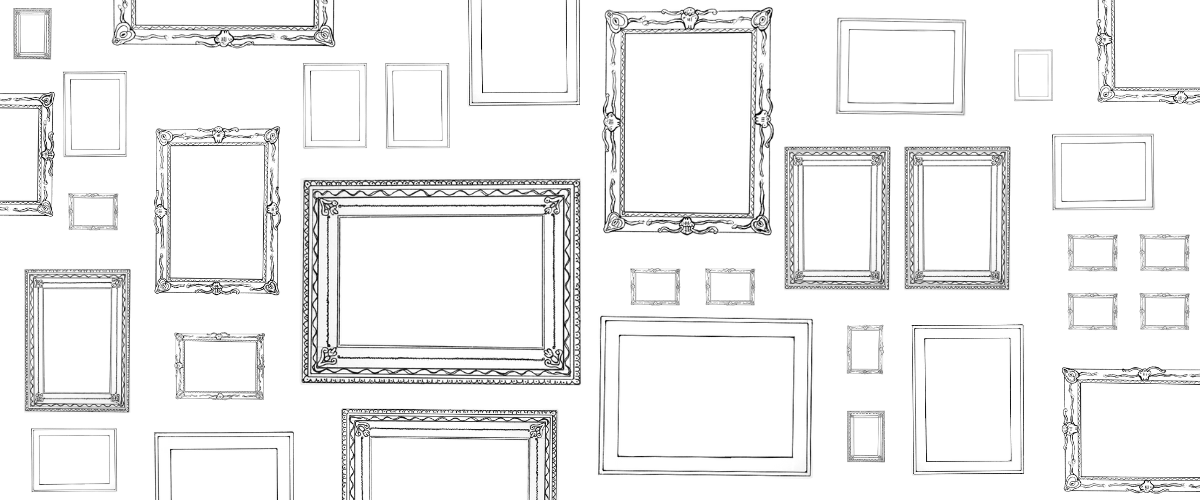The Creative Case for Diversity
The Creative Case for diversity and equality in the arts that I and others developed for the public funding body Arts Council England over a decade ago seeks to loosen the grip of these powerful gatekeepers and tastemakers. It differs from previous approaches: It is not principally about morality (it is the right thing to do), economics (it’s profitable) or legality (it’s against the law to discriminate), all of which are not without merit. However, the creative case is fundamentally a conversation about art – but with the true value of diversity placed at its centre. It is based upon the simple observation that diversity, in the broadest sense, is an essential element in the artistic process. It is the principal dynamic that drives art forward, that innovates it and brings it into a more profound and transformative dialogue with contemporary society.
I put it this way: If the creative act can be expressed as a simple formula x + y = z, then x is diversity in its most essential and mercurial form. It is that distinct root force that catalyses the imagination, driving the emergence of the symbolic that is artistic expression. It is the new made real.
This is why we must not allow diversity and equality to be perpetually marginalised, to be just lip-service and box-ticking exercises, to be just something bolted on to the artistic world. If you are a serious artist, a manager of an institution or a policymaker or politician, you should put diversity and equality right in the middle of the debate – of all the debates – around the arts and society in this country.
And it’s about power.
Virtually no one in the arts in the UK talks about power (except those who point out that they lack it). It is itself an exercise of power, of course, to think you can wield it without acknowledging that you are actually doing so. The reality is, despite the guilty genuflections at the altar of corporate diversity, the reins of power, and thus authority, largely remain in the same privileged hands as they always have. In a sense, a culture of upper middle-class entitlement still prevails.
The middle classes tend to talk to one another as a way of affirming their sense of importance and value, but the marginalised tend to talk to society as a whole, not just to their group, because they can understand the need for change across the board. It’s inherent in their position in society.
The problem with the grip of the elite on the arts is that they are speaking to a society, a Europe, that no longer exists (they may wish it did, before we came along to do the jobs they no longer wanted to do). They are conversing with ghosts from a distant past. Only releasing diversity through the drive for equality can renew an art that can speak to us as we are now and help us imagine future possibilities for our species and planet.
We urgently need those without privilege to tell us some fundamental truths about the society in which we live. We need to speed up the process by which these people become visible and become heard. If we don’t, the arts will drift further away from society. They’ll continue to be a conventional middle-class pursuit, a consumable equivalent of bourgeois dinner table talk.
So we need arts companies and institutions to rapidly decentralise, thereby dismantling the outmoded power structures of artistic decision-making: The arts are presently structured hierarchically on a vertical axis: You accumulate power and professional standing as you go up. We need organisations that are organised on a horizontal plane, where all voices are valued. Why, for example, are those in our ticket offices, or front-of-house staff, who often have vast practical experience with audiences, rarely asked for their opinion or given influence over policy? We need leaders who relinquish power freely, not those who hoard it selfishly.

Thomas, K. M., & Plaut, V. C. (2008): The Many Faces of Diversity Resistance in the Workplace. In: K. M. Thomas (ed.): Diversity Resistance in Organizations (Applied Psychology Series), pp. 1–22. New York, NY: Taylor & Francis Group/Lawrence Erlbaum Associates.

Locke, Alain (1925): Enter the New Negro. In: Survey Graphic: Harlem: Mecca of the New Negro (March 1925). Accessed 4 July 2022 at http://nationalhumanitiescenter.org/pds/maai3/migrations/text8/lockenewnegro.pdf

Huggins, Nathan Irvin (1971): Harlem Renaissance. London: Oxford University Press, p. 60.
Hassan Mahamdallie ( 2022): Why diversity in the arts cannot be ignored. In: p/art/icipate – Kultur aktiv gestalten # 13 , https://www.p-art-icipate.net/why-diversity-in-the-arts-cannot-be-ignored/


 Artikel drucken
Artikel drucken